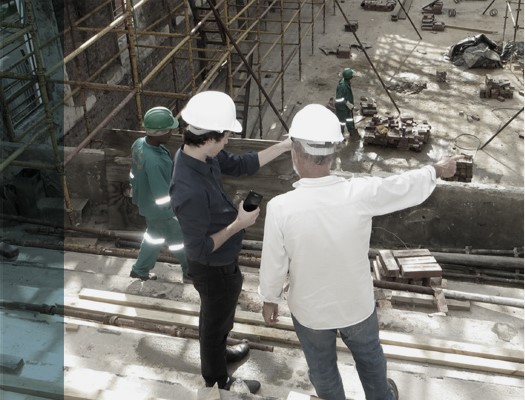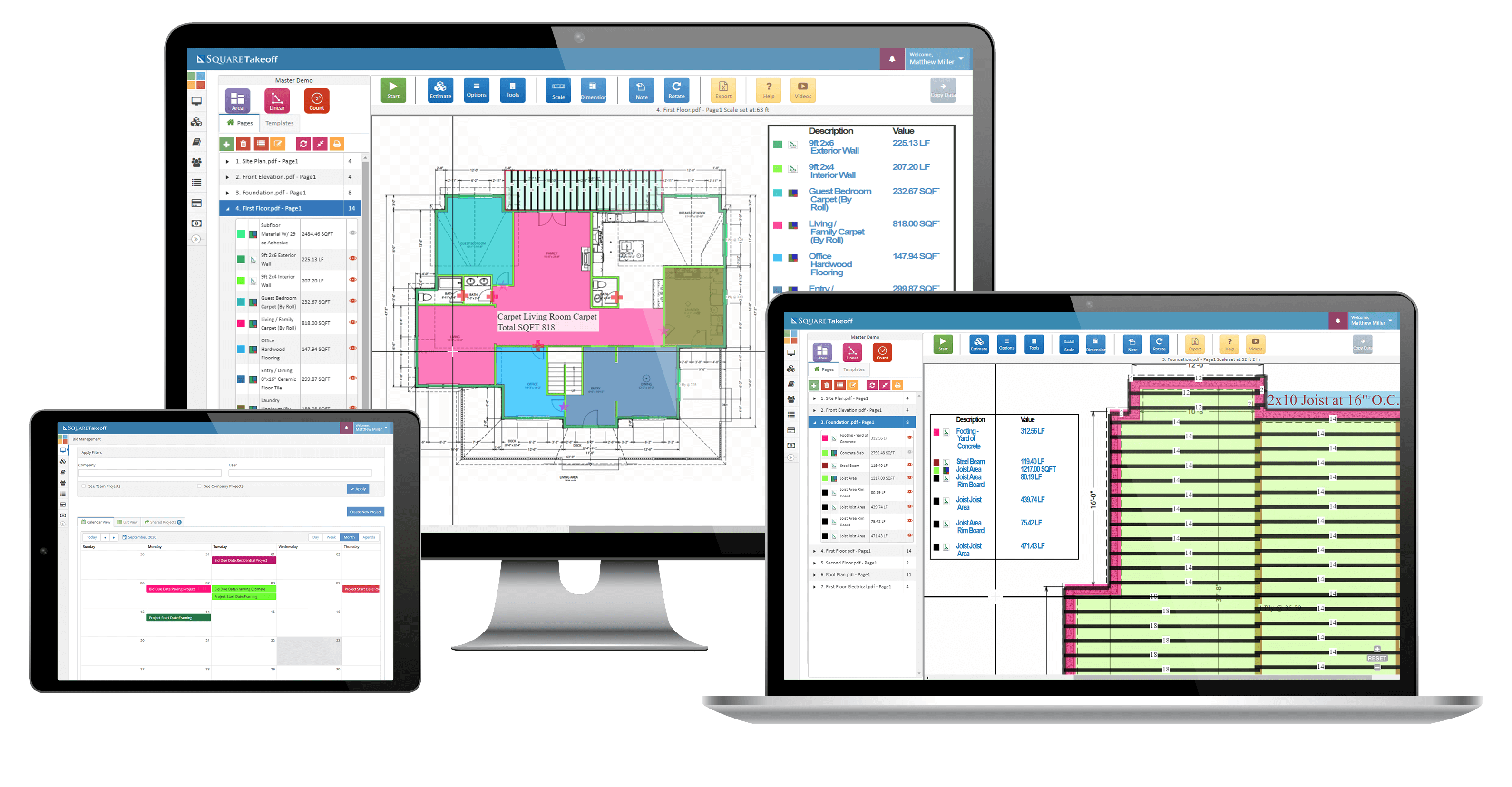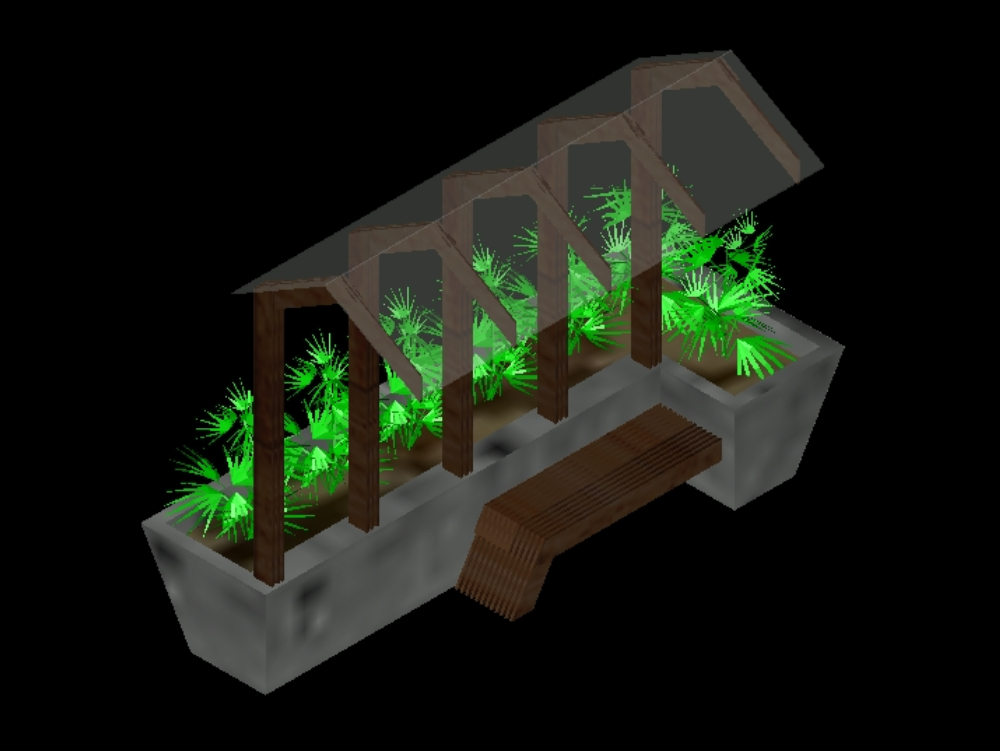

This will help you to achieve a realistic project proposal. Key areas of focus during this process include identifying the materials, quantifying this data, and aligning this data to a pricing system.

#2d construction takeoff software software#
Using software like bimspot allows you to do this as seamlessly as possible through its open API. For example, you can input the data into estimation software to create a costing. The output process is also often an input into a different tool. The more accurate this process, the more successful your bids will be. This is the part of the process where you can create actual figures and realistic estimates to give life to the project. Having accurate material estimates is essential here. The output stage is about taking the concepts from planning and converting them into the physical requirements for the project.īasically, you take the building idea and estimate the exact material quantities required for the project to take shape. With bimspot, you can achieve this through clash detection and model checks that use default or custom rule sets.

This process can further be enhanced through features like model checks. So, you want the planner to deliver high-quality data and, to achieve this, it’s best to use quantity takeoff software. The estimator is not usually in charge of preparing the concepts or designs so they need to be able to trust the data they are given. It will help you to ensure accurate quantity takeoffs due to high-quality planning. This is where tools like bimspot’s quality checks can come in handy. You need to use precise information here. Whether you are working with a hand-drawn sketch or a detailed 3D building model, it’s crucial to manage the data correctly. To achieve an accurate quantity takeoff, you need to input the correct data needs into the models. Whether you choose to do it digitally or manually, the formula involves the same two parts: 1. This is because it reduces the scope for human error.Īny wrong calculations done during this phase can snowball into significant, costly mistakes so you want to make sure that your takeoffs are as accurate as possible. While you can perform it manually, doing it digitally enhances the accuracy of the process. Conducting a Quantity Takeoffĭoing a quantity takeoff is a specialised skill that requires time and resources. No matter how big the project is, this is always the essential starting point for all parties involved in construction projects. This is essential for figuring out financial costs and to help understand the scope of the project. To produce accurate bids and budgets, it’s important to achieve a realistic quantity takeoff. The key people involved in doing a quantity takeoff include architects, engineers, contractors, and estimators. Simply put, all parties involved in the front-end of a construction project need to be involved in the quantity takeoff. This has included things like BIM, which helps to achieve the most accurate estimation results through detailed systems and models, and automated calculations. While this was traditionally done manually (requiring a lot of skill), the digitisation of quantity takeoffs has advanced the process and made it far more accurate. To produce quantity takeoffs, estimators will use blueprints or models and make a list of the materials needed to achieve the end-result. It needs to include material estimates as well as anything else that the project requires. Quantity takeoffs are mostly based on the physical, material requirements of a project, but they also cover other aspects such as rooms.īefore you start construction, you need to do a quantity takeoff in the pre-construction planning phase. They are also used in planning, such as in making room lists to get your areas under control. They provide detailed measurements of the materials and labour that you will need to complete a construction project. Also known as estimating takeoffs, construction takeoffs, or material takeoffs, this process is about understanding the needs of a construction job ahead.


 0 kommentar(er)
0 kommentar(er)
